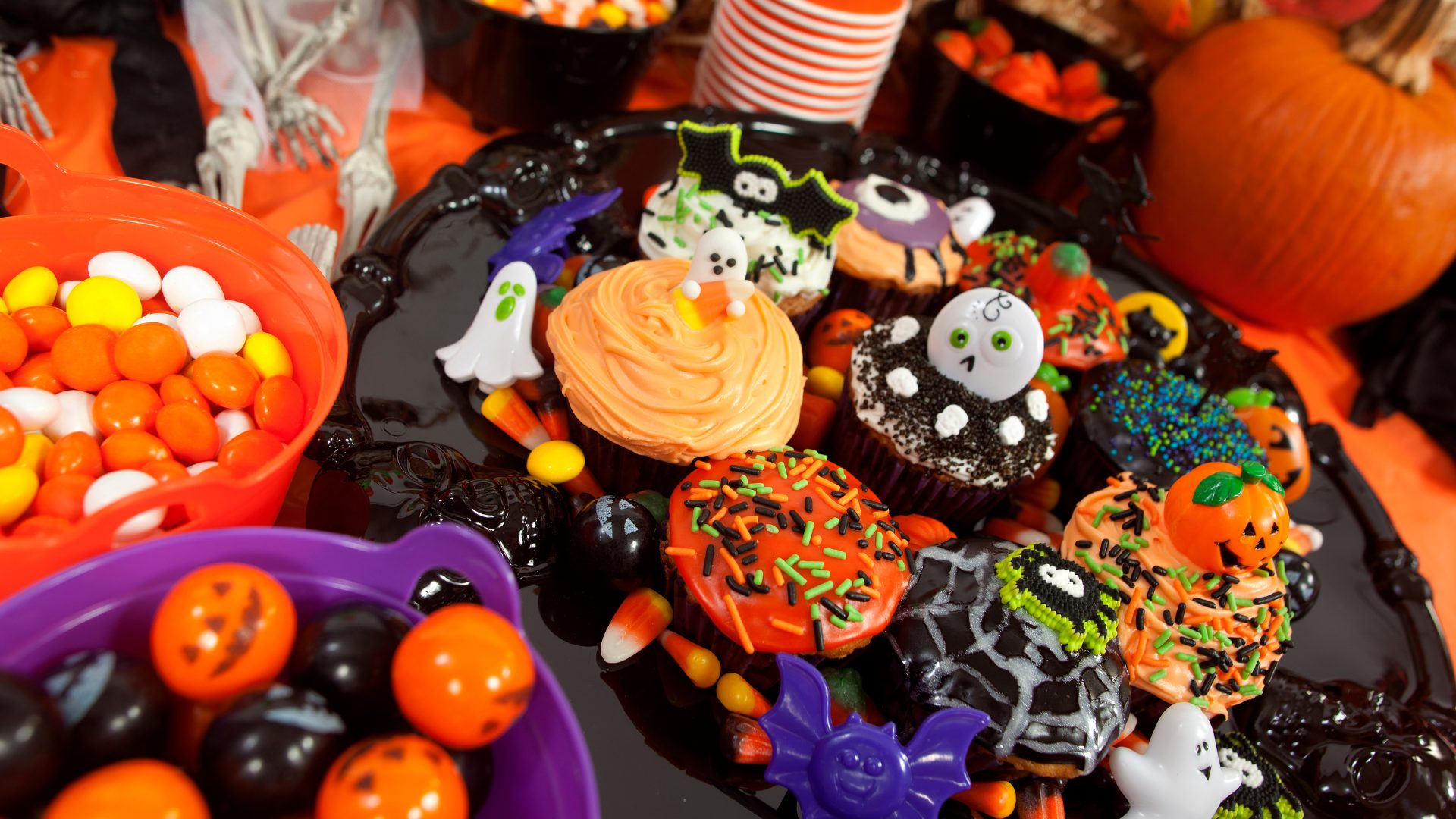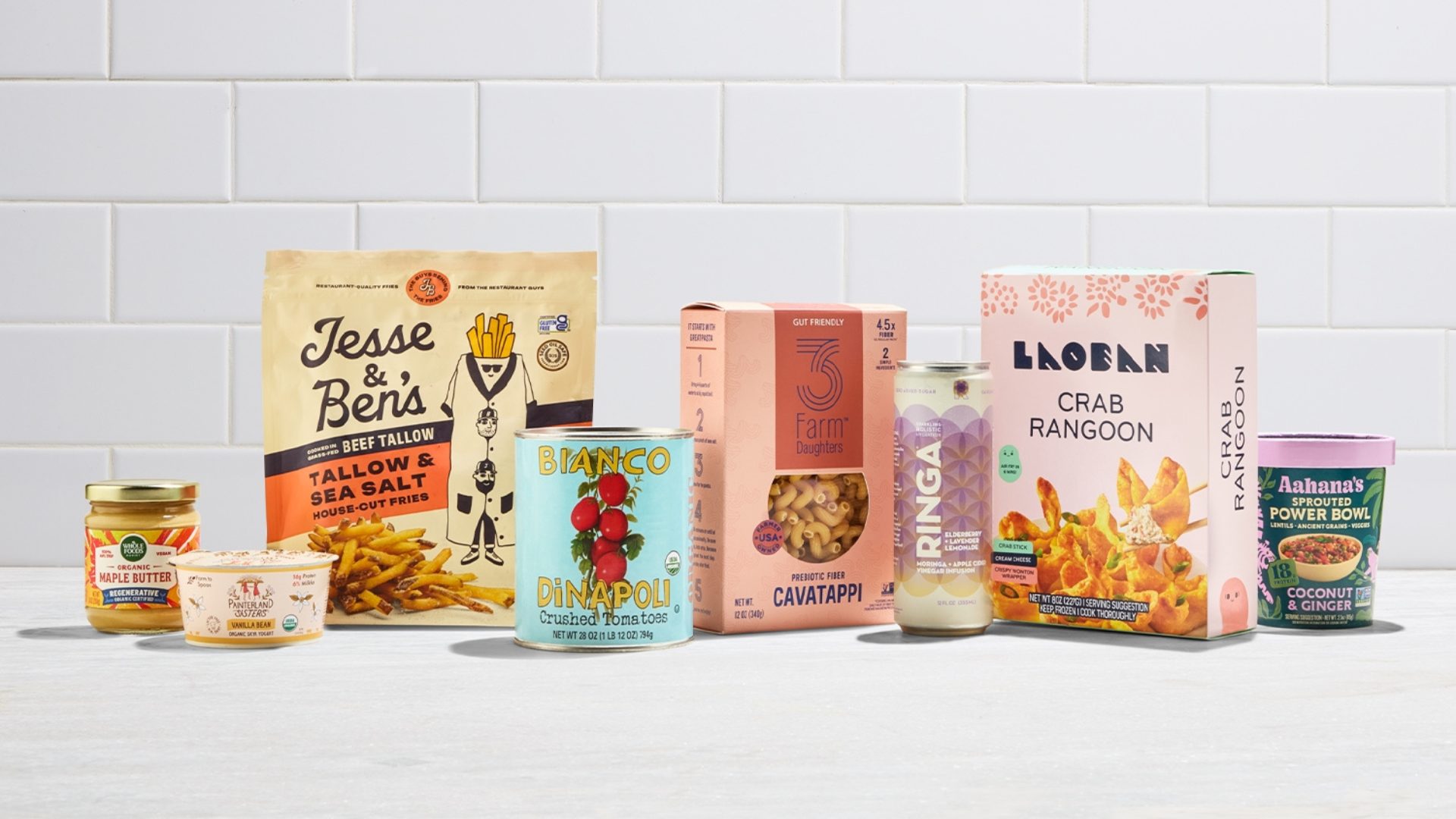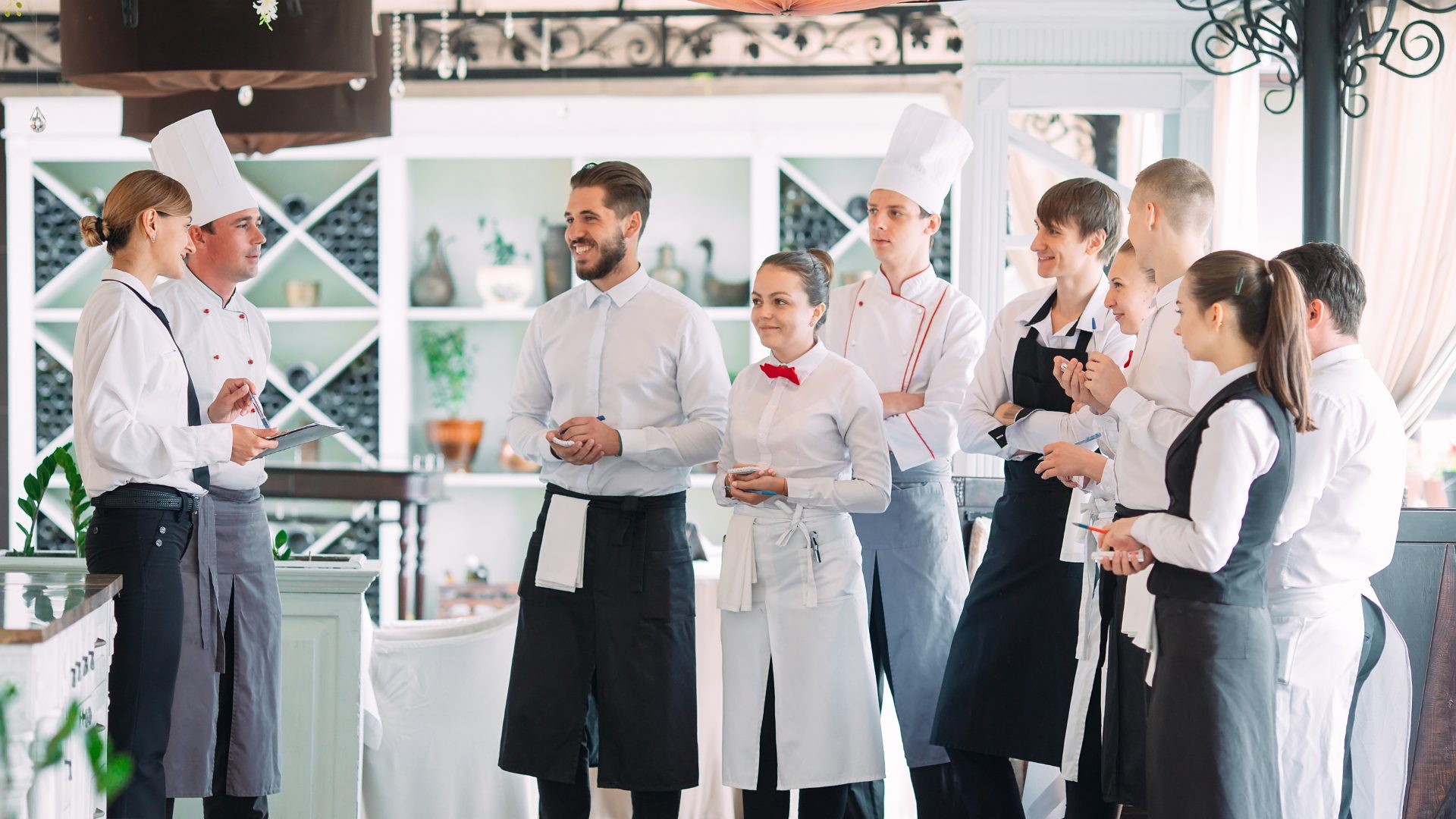This December, holiday revelers are still flocking to bars and restaurants across the U.S. in droves.
However, they have been reining in their spending in two particular categories – drinks and desserts – and the owners and operators of these establishments have already begun to feel the impact.
Indulging in Dessert at Home
According to a recent report by Technomic, dessert prices on U.S. restaurant menus increased by 3.2% from 2023 to 2024, but America’s appetite for dessert hasn’t wavered – it’s merely evolved.
Americans have increasingly turned to store-bought sweets, with 39% of survey respondents buying pre-packaged desserts from retailers (up 4% from 2021) and 38% preferring to make them at home (up 5%).
These shifts have disproportionately affected the sales of each segment, hitting fast-casual restaurants the hardest with a 6% decline, compared with fast-food chains at 3% and casual-dining establishments at just 1%.
And consumer behavior has also evolved in terms of alcohol consumption.
More Mingling, Fewer Mixed Drinks
Meaghan Dorman, a director and partner of multiple New York City bars, told Reuters that, while December traffic has boomed per usual, her customers are ordering fewer craft cocktails in favor of more affordable options.
“You feel like you are busy all night, and we will be full all night, but revenues are down versus previous years,” Dorman added.
While many of these cost-conscious consumers are switching to cheaper liquor brands, others are drastically cutting back on alcohol or cutting it out altogether to save money on top of other motivating factors like improving their health.
Today, Americans who are looking to reduce their alcohol intake have more non-alcoholic (NA) options at their fingertips than ever before – and they extend beyond Shirley Temples or Arnold Palmers. From alcohol-free bitters and ready-to-drink cocktails to zero-proof rum and whiskey, the NA sector has continued to spill over with innovation in recent years, and it appears to be paying off.
U.S. sales of NA beer, wine, and spirits exceeded $565 million in 2023 – rising 35% from the prior year, according to data from NielsonIQ. And Grand View Research expects to see revenues continue to climb at a CAGR of 7.4% until 2030.
Among zero-proof categories, NA beer still retained the majority of the 2023 market share at 86.1%, while NA spirits were the fastest-growing segment with a year-over-year increase of 94%.
Gen Z is responsible for much of the decline in alcohol consumption, representing only 6% of total alcohol buyers. However, no single generation has a monopoly on the moderation, as NIQ data revealed that the 45-54 age demographic, as well as individuals earning more than $100,000 in annual income, tend to over index in their NA beverage consumption as well.
The Food Institute Podcast
Is it possible to balance a legacy brand and innovative ideas for a food company? Bibie Wu, chief communications and technical development officer with Del Monte, shares how her company respects its past while looking to the future, and how her dual roles in marketing and product development inform each other and improve the company.












